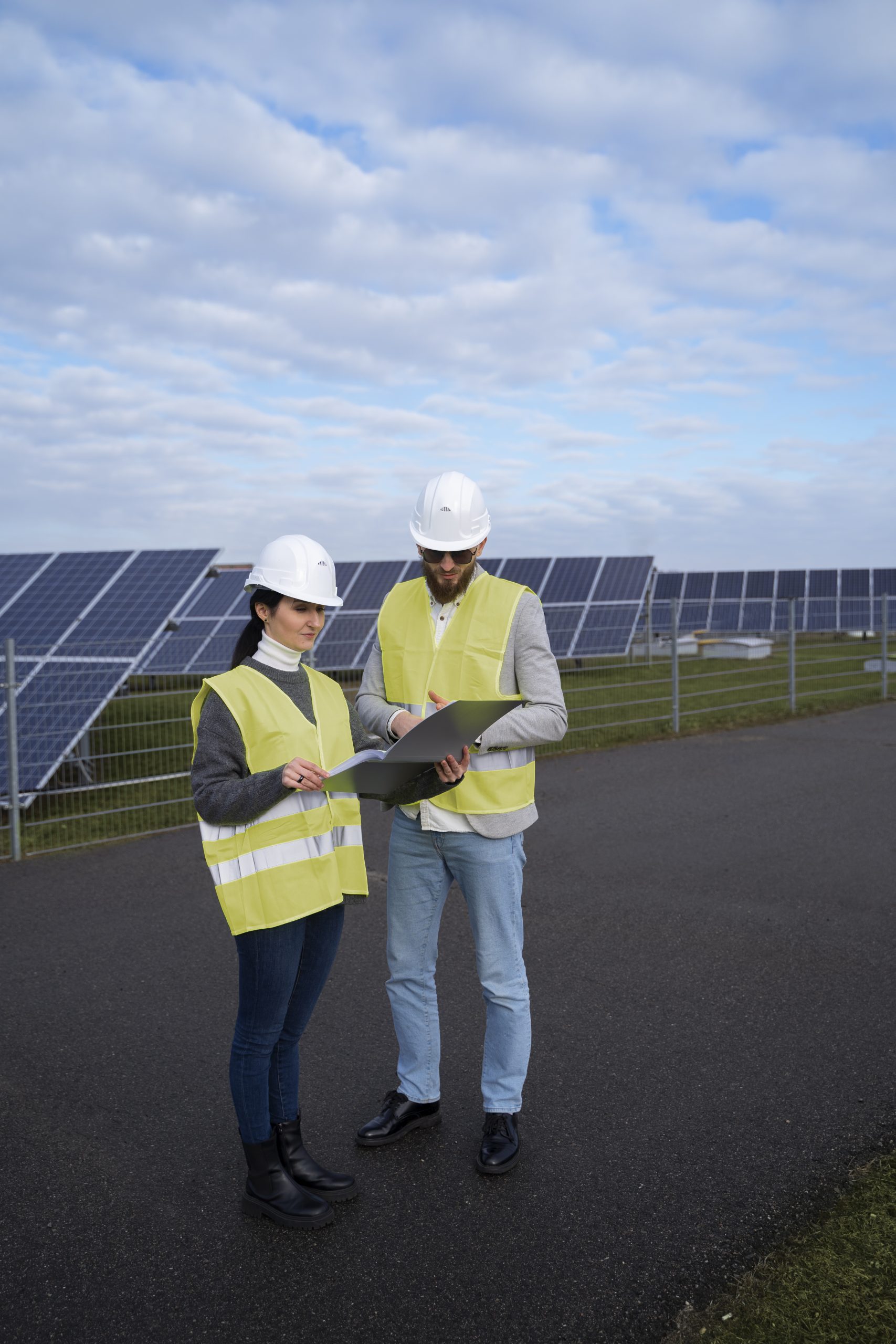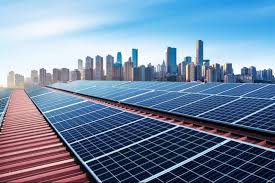An off grid solar system is a self-sustained power setup that generates electricity independent of the public utility grid. In 2025, with energy prices rising and climate concerns increasing, many homeowners are switching to solar power. Off grid solar allows you to control your energy use without worrying about power outages, rising rates, or government regulations. It’s especially useful for remote areas, but urban homes are adopting it too. Unlike on-grid systems, off grid setups rely on solar panels, batteries, and inverters to meet all energy needs.
This energy independence is vital as recent policies support green energy. For example, the U.S. Department of Energy (energy.gov) announced expanded incentives for solar installations in rural homes. As technology evolves and solar components get more affordable, going off grid is no longer just a dream. It’s an achievable, smart solution for homeowners wanting freedom and sustainability in 2025.
Key Components of an Off Grid Solar System
To run your home without grid electricity, you need several parts that work together efficiently. Let’s explore.
Solar Panels
Solar panels are the heart of your off grid system. They absorb sunlight and convert it into usable electricity. In 2025, high-efficiency panels from brands like SunPower and Tesla offer improved performance with less rooftop space. Most off grid homes require between 12 and 20 panels, depending on energy needs.

Charge Controller
The charge controller manages how energy flows from the panels to the batteries. It prevents overcharging and damage to your battery bank. Modern MPPT controllers are highly efficient, making sure no energy goes to waste.
Battery Storage
Batteries store excess power for nighttime or cloudy-day use. Lithium-ion batteries dominate the market in 2025 due to longevity and efficiency. Systems like the Tesla Powerwall or LG Chem RESU offer seamless integration and real-time monitoring via smartphone apps.
Inverter
The inverter converts DC electricity from the batteries to AC power, which most appliances use. Pure sine wave inverters are preferred for compatibility and performance. Some advanced models combine inverter and charger features in one unit.
Benefits of Switching to an Off Grid Solar System
Transitioning to off grid living brings many practical and financial benefits in 2025 and beyond.
Energy Independence
You’re not affected by blackouts, utility rate hikes, or policy changes. This independence is priceless during emergencies or disasters.
Long-Term Savings
Although the upfront cost may seem high, your electricity bill drops to zero. Over 20 years, homeowners save an average of $40,000 or more, depending on location and usage.
Environmental Impact
Off grid solar systems reduce your carbon footprint drastically. No fossil fuels, no emissions—just clean, renewable energy. This supports global climate goals and local sustainability.
Government Incentives
As of 2025, federal tax credits cover up to 30% of installation costs, with many states offering extra rebates.
Cost Breakdown and ROI of Off Grid Systems in 2025
Understanding the cost is essential before investing. Prices vary based on size, components, and installer.
Installation Cost
The average cost of a complete off grid solar system in 2025 is between $20,000 and $50,000. A small cabin may need a $10,000 setup, while a large home could require a $60,000 system with backup generators.
Maintenance
Solar panels need minimal maintenance—just regular cleaning and annual inspections. Battery replacements may be needed after 10–15 years, especially for AGM or lead-acid types.
Return on Investment
Most homeowners recover their initial investment in 7–10 years through savings on utility bills and tax incentives. With rising electricity costs, the ROI is faster than ever.
Real-Life Example of Off Grid Solar Success
Consider the Johnson family in Colorado. In 2024, they installed a 15 kW off grid solar system with two Tesla Powerwalls. Despite heavy snow in winter, the system provided 95% of their electricity year-round. They received a $12,000 federal rebate and saved $2,800 annually on electricity. In 2025, they’re now adding a solar-powered water heater to complete their energy independence.
Their story isn’t unique. Thousands of U.S. families are doing the same. According to a 2025 report by the Solar Energy Industries Association (SEIA), off grid installations increased by 38% in the past year alone. The shift to solar is not a trend—it’s a growing movement.
Common Challenges (and How to Solve Them)
Though rewarding, going off grid has challenges. Being prepared makes the journey smoother.
Energy Storage Limits
Battery capacity might run low during long cloudy periods. To solve this, install additional batteries or use a backup generator for cloudy days or winter months.
High Upfront Costs
Initial investment can be steep. Financing options, green loans, or solar leasing plans can reduce upfront costs significantly.
System Complexity
Off grid systems need planning and professional installation. Working with certified solar installers ensures safety, compliance, and performance optimization.
Space Requirements
You’ll need roof or ground space for panels. Microinverters or tilt racks can help maximize power from limited areas.
FAQs About Off Grid Solar Systems
Q1: Can I go completely off grid in a city?
Yes, though zoning laws and space may pose challenges. A hybrid solar setup may be more practical in urban areas.
Q2: How long do off grid solar batteries last?
Modern lithium-ion batteries last 10 to 15 years with proper care, while older lead-acid ones may last 5 to 7 years.
Q3: Is off grid solar worth it in cloudy or snowy regions?
Yes, especially with battery backups and efficient panels. Systems can still operate effectively with proper design.
Q4: Do I need permits for an off grid solar installation?
Usually, yes. Local regulations often require electrical and structural permits. Check with your municipality before starting.
Q5: What happens if I run out of solar power?
Your home will rely on stored battery energy or backup generators. Energy management is key in an off grid setup.



